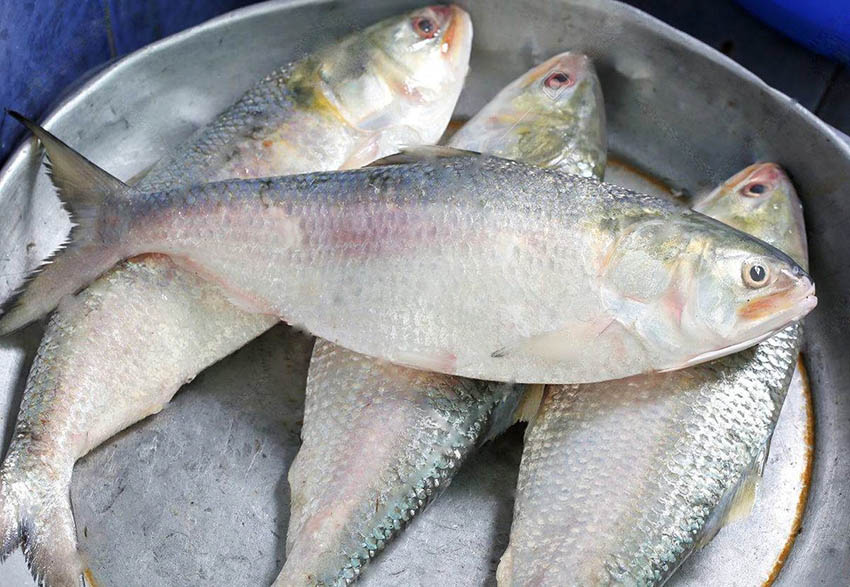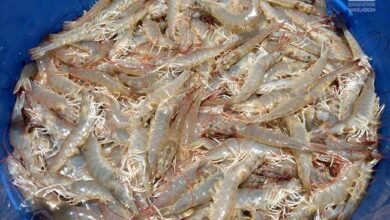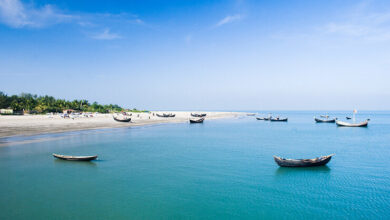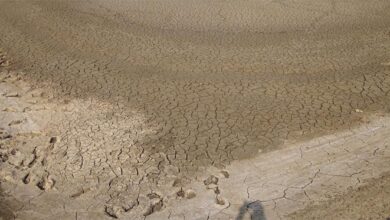
Deep sea fishermen of Bangladesh are finally returning to the shore with the hilsa they’ve been long searching for. There is a great deal of excitement among fishermen and fish traders as they catch huge amount of hilsa for the first time in years. On the other hand, coastal fishermen are still disappointed that they have not been able to catch enough hilsa.
Hilsa flocks are swarming the entire fish landing center in different parts of the country. There is a flurry of activity among fishermen as they buy and sell hilsa of varying sizes.
Due to hostile weather, the fishermen returned twice within seven days of going to sea after a long 65-day blockade. This time, however, they are trying to overcome the crisis after seeing Hilsa in the sea. Their happiness over Hilsa also extends to their satisfaction with the price.
Ejaz Molla, executive director of Molla Fish, Alipur Fisheries Landing Centre, said deep-sea fishermen bring hilsa in droves and fetch good prices. The price of 40 kg jatka today is 21 thousand taka (USD 210), hilsa of 600-700 GM is 28 thousand (USD 280), hilsa of 800-900 GM is 36 thousand (USD 360), and hilsa over 1 kg is 50 to 70 thousand taka (USD 500-700). Although fishermen are satisfied with these prices, wholesalers often suffer losses due to quite high prices.
Apu Saha, the Senior Fisheries Officer for Kalapara Upazila, said, “Bangladesh deep-sea fishing trawlers have been returning with hilsa in droves over the past few days. In contrast, coastal fishermen do not receive the hilsa they desire. This is primarily caused by divers forming in Andharmanik and Ramnabad channels, which have changed the migration course of the Hilsa.”
He also added, “The 65-day blockade has benefited the fishermen. Therefore, it would be beneficial for coastal fishermen to develop fishing gear for deep seas.”
Jaber Bin Abdul Bari
Department of Oceanography, NSTU




